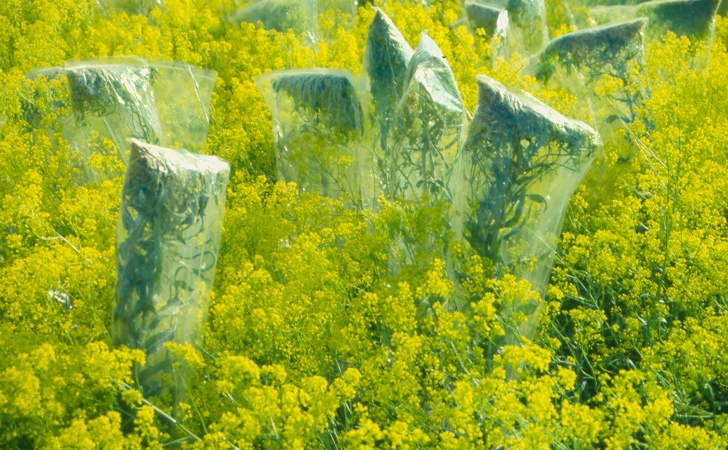Phytochemical and biological profiling of herbal extracts
According to the World Health Organisation (WHO), medicinal plants are the primary source for medicines for 70% of the world population. The use of medicinal plants and herbal medicines is also popular in industrialized countries. In some European countries including Switzerland, these products are considered as drugs and have to obtain approval by the health authorities.
For numerous medicinal plants, however, the knowledge on their active principles and molecular modes of action is still highly insufficient. The active ingredients of phytopharmaceuticals are complex extracts. Their detailed chemical composition, and the contributions of individual constituents to the overall pharmacological properties are unknown, with very few exceptions only. Current understanding of synergistic effects in herbal extracts is limited.
With the aid of selected examples, we explore new approaches for the global assessment of the chemical composition and pharmacological properties of herbal extracts.



In recent years, a number of tools for the assessment of global effects of molecules in biological systems have become available. With selected medicinal plants as models, for example black cohosh (Cimicifuga racemosa, family Ranunculaceae), we are exploring the potential of genome-wide transcriptional profiling for the study of extracts and putative active principles.
Among others, we were able to show that black cohosh extracts have neither estrogenic nor anti-estrogenic activity, but rather act in a pro-apoptotic manner. Also, we found that the cycloartenol derivatives of Cimicifuga act similar to the extract, providing first direct evidence that these compounds are involved in the pharmacological properties of black cohosh preparations
![[Translate to English:] xxx](/fileadmin/_processed_/2/c/csm_Picture_17_fdcdb99ac3.png?1614899165)
